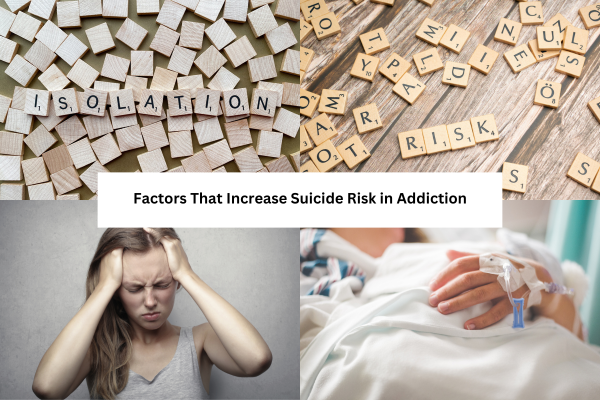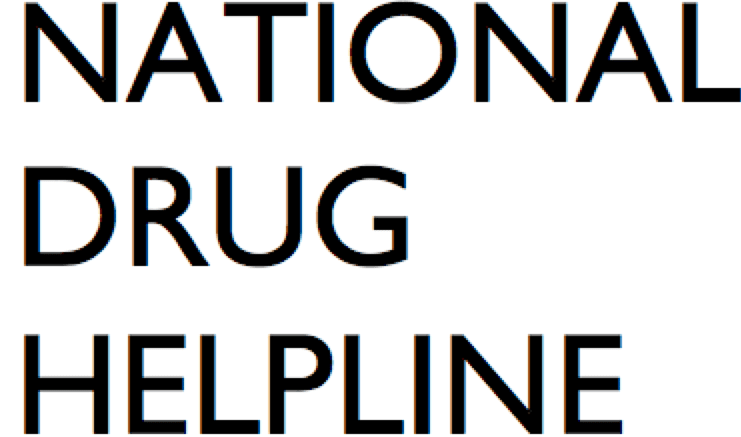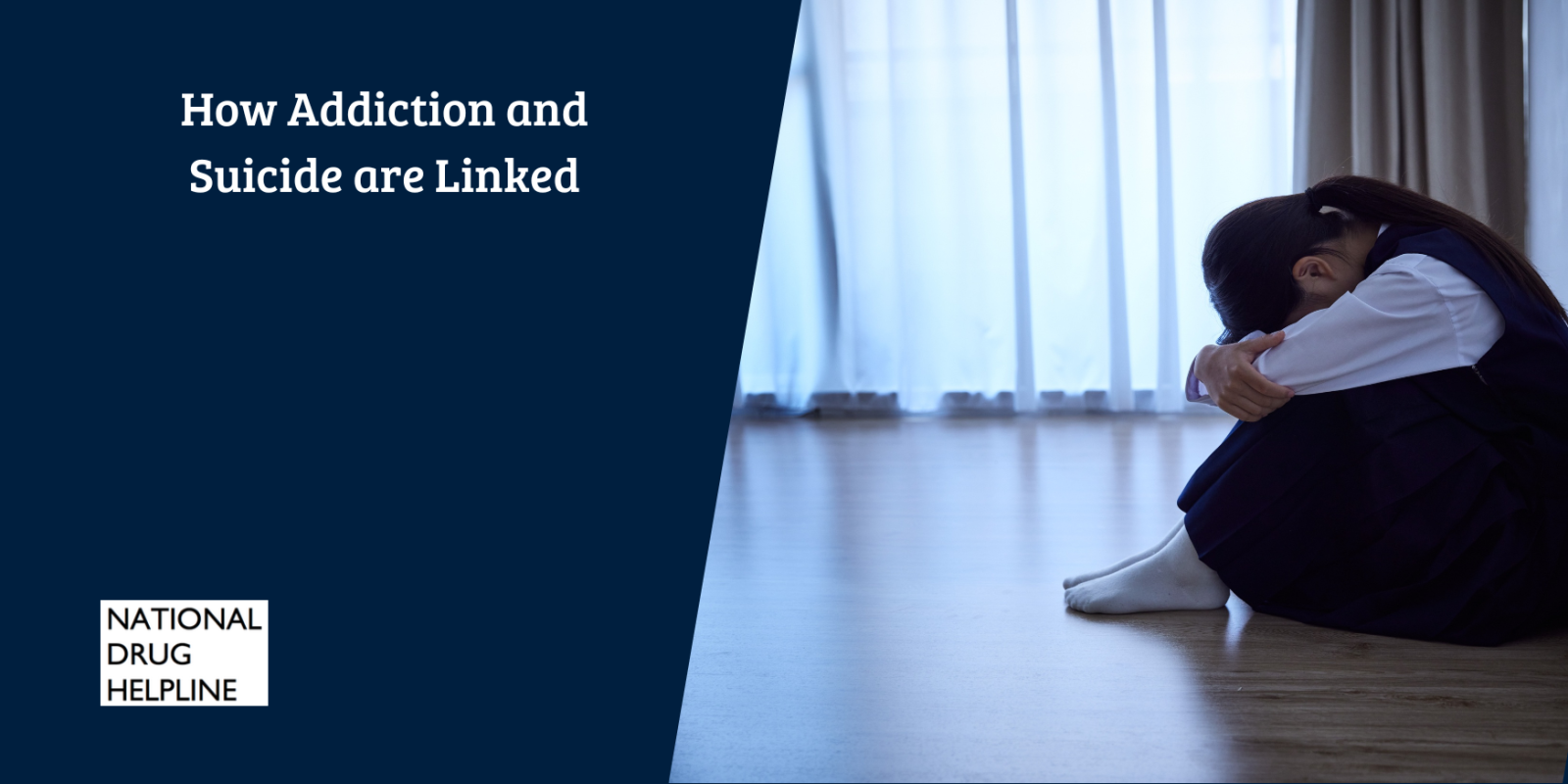Addiction and suicide are two interrelated public health issues that globally affect millions of people. People suffering from substance use disorders may often have to face emotional, physical, and social challenges. This can significantly increase their risk of suicidal thoughts and behaviors. Thus, for adequate prevention and treatment, it is essential to understand how addiction and suicide are linked to each other.
Understanding the Link Between Addiction and Suicide
In people with pre-existing mental health conditions such as depression, anxiety, or post-traumatic stress disorder (PTSD), substance use disorders can further worsen the condition. This can occur with the use of any type of substance, including alcohol, prescription medications, and illicit drugs. As per multiple studies, people with addictions are at a significantly higher risk of suicide than the general population. [1] In fact, studies suggest that nearly one out of five people who die by suicide have associated substance use disorder. [2]
Through biological and psychological pathways, this connection between addiction and suicide can be explained. Prolonged use of substances can affect brain chemistry and mood regulation. It can also make impulse control challenging and increase susceptibility to intense feelings of hopelessness or impulsive suicidal behavior.
Factors That Increase Suicide Risk in Addiction
There are several factors that contribute to the increased suicide rate in people with addiction. Some of them are:
- Mental Health Disorders
Addiction usually does not occur in isolation. Most people have co-existing mental health disorders such as major depression or bipolar disorder. This can further increase the risk of suicide. Some people with mental health issues may self-medicate with drugs or alcohol to cope. But this actually often worsens emotional instability over time. - Social Isolation
It is well known that addiction leads to strained relationships, job loss, and social withdrawal. People who are struggling with substance abuse are often cut off by society. This lack of support can also exacerbate or solidify any suicidal thoughts. This is because social isolation can magnify the sense of hopelessness. - Impulsivity and Risk-Taking
Substances with addictive potential can increase impulsivity and reduce inhibition. When judgment is impaired and emotional distress is high, it can make a person more likely to act on their suicidal thoughts without considering the consequences. - Chronic Stress and Trauma
A history of trauma, abuse, or chronic stress is often present in people who develop addictions. Such experiences can heighten feelings of despair. This can make suicide seem like the easier way to escape the unbearable pain. - Physical Health Problems
Taking substances for prolonged periods can cause serious health issues. This includes liver disease, heart problems, or neurological damage. Chronic illness can exacerbate any pre-existing depressive symptoms, which further increases the risk of suicide.

The Role of Specific Substances
The risk of suicidal behaviour can vary depending on the type of substance being abused.
- Alcohol: Studies have consistently found that alcohol abuse is strongly linked to suicide. [3] This may be due to its ability to lower inhibitions, impair judgment, and intensify depression or anxiety. The risk of suicide is particularly higher in heavy drinkers.
- Opioids: Opioid addiction has also been associated with high mortality rates secondary to both overdose and suicide. Misuse of prescription opioids or heroin can create a cycle of dependence and despair that may often feel inescapable.
- Stimulants: Stimulant drugs such as cocaine or methamphetamine can cause extreme mood swings, paranoia, and impulsivity. All of these can worsen emotional instability and elevate the risk of suicide.
Warning Signs of Suicide in Addiction
It is essential to be able to recognize the warning signs of addiction to manage it early on and reduce the risk of suicide. Some common indicators are:
- Expressing feelings of hopelessness or worthlessness
- Talking about wanting to die or self-harm
- Increasing substance use or relapse after a period of recovery
- Withdrawal from friends, family, or social activities
- Engaging in risky or self-destructive behaviors
If you or anyone you know is showing any of these signs, it is important to act quickly by seeking immediate support and professional help.
Prevention and Intervention Strategies
A comprehensive approach is required to address both addiction and suicide:
- Integrated Treatment
In people with co-occurring addiction and mental health conditions, treatment should focus on managing both conditions simultaneously. Treatment programs for co-occurring disorders should consist of a combination therapy, medication management, and support groups. - Therapy and Counselling
For people who are also dealing with emotional issues, it is important to develop coping skills to reduce suicidal ideation. This can be achieved through evidence-based therapies such as cognitive-behavioral therapy (CBT), dialectical behavior therapy (DBT), or trauma-focused therapy. - Medication-Assisted Treatment (MAT)
Addictions with opioid or alcohol can be managed well using medications such as buprenorphine, methadone, or naltrexone. These medications can help reduce cravings, stabilize mood, and lower the risk of suicide. - Crisis Intervention and Helplines
During suicidal crises, it is essential to seek urgent support. There are helplines such as the National Helpline (SAMHSA) in the U.S. that provide confidential support for those who are struggling with addiction and suicidal thoughts. - Social Support and Community Engagement
It is extremely important to avoid isolation and foster a sense of wellbeing in people with addiction. This can be done through strengthening relationships with family, friends, and peer support groups. There are community programs and recovery networks that can play a key role in both addiction recovery and suicide prevention.
Breaking the Stigma
The biggest barrier in proper management of addiction and suicide is the stigma surrounding these issues. People who are struggling with addiction and suicidal thoughts often have to face judgment, shame, or misunderstanding. This can prevent people from accessing the care they need. Therefore, it is important to raise awareness regarding these disorders and break the stigma on them.
Conclusion
Addiction and suicide are highly interrelated. But his relationship is quite complex and involves multiple aspects, including biological, psychological, and social factors. It is well known that substance abuse can amplify any existing negative emotions such as hopelessness, isolation, and impulsivity. All of these feelings can increase the likelihood of suicidal behavior.
However, with awareness, integrated treatment, and strong support systems, the risk can be mitigated. If you or someone you know is struggling with addiction or suicidal thoughts, it is important to seek help immediately, as it can be life-saving.
References
| ↑1 | Yuodelis‐Flores, Christine, and Richard K. Ries. “Addiction and suicide: A review.” The American journal on addictions 24.2 (2015): 98-104. |
|---|---|
| ↑2 | Phillips, Julie A. “Prevalence and predictors of substance use as a factor in suicide in the USA, 2015–2020: a repeated cross-sectional analysis.” BMJ Public Health 3.1 (2025). |
| ↑3 | Amiri, Sohrab, and Sepideh Behnezhad. “Alcohol use and risk of suicide: a systematic review and Meta-analysis.” Journal of addictive diseases 38.2 (2020): 200-213. |

